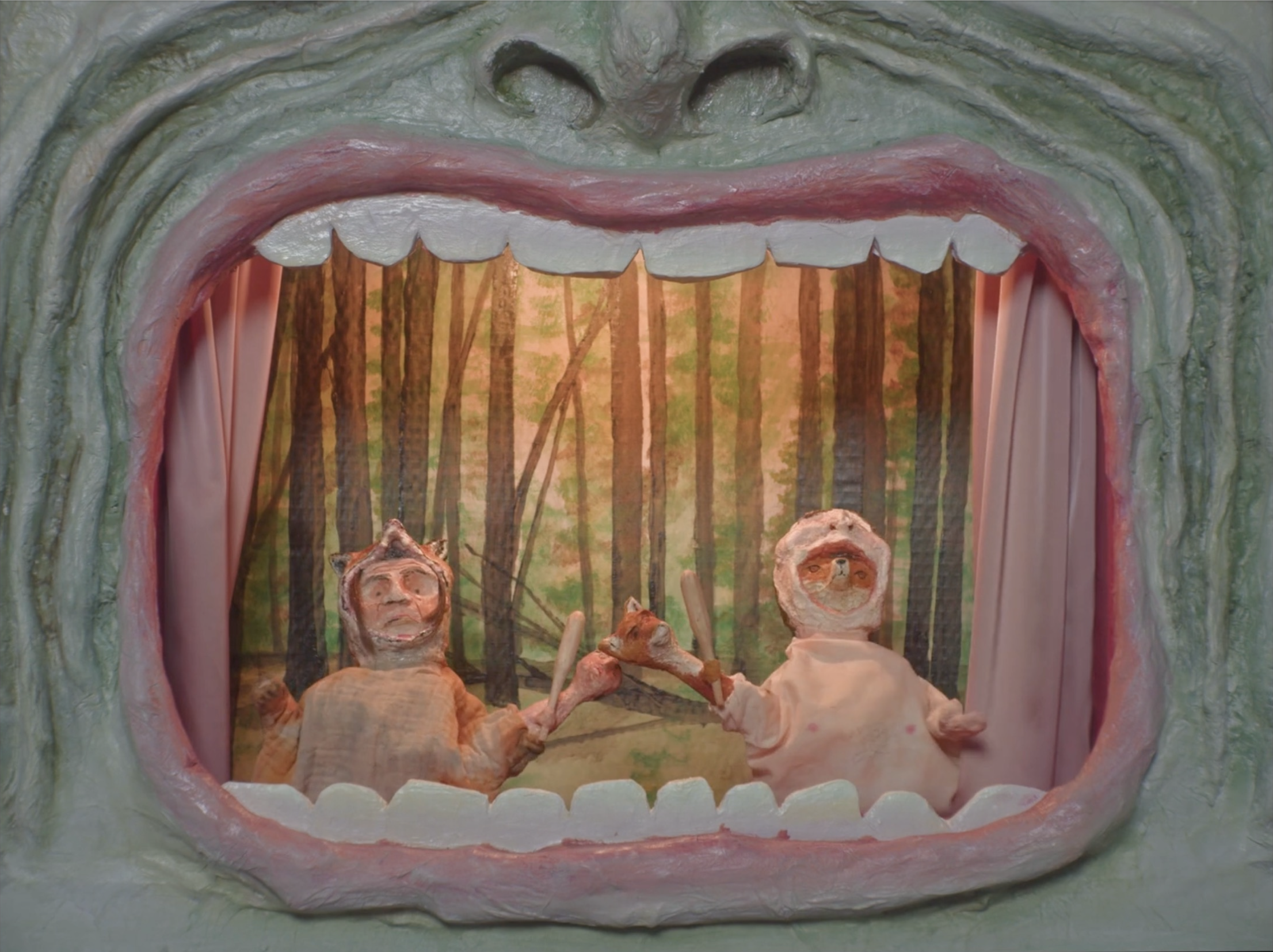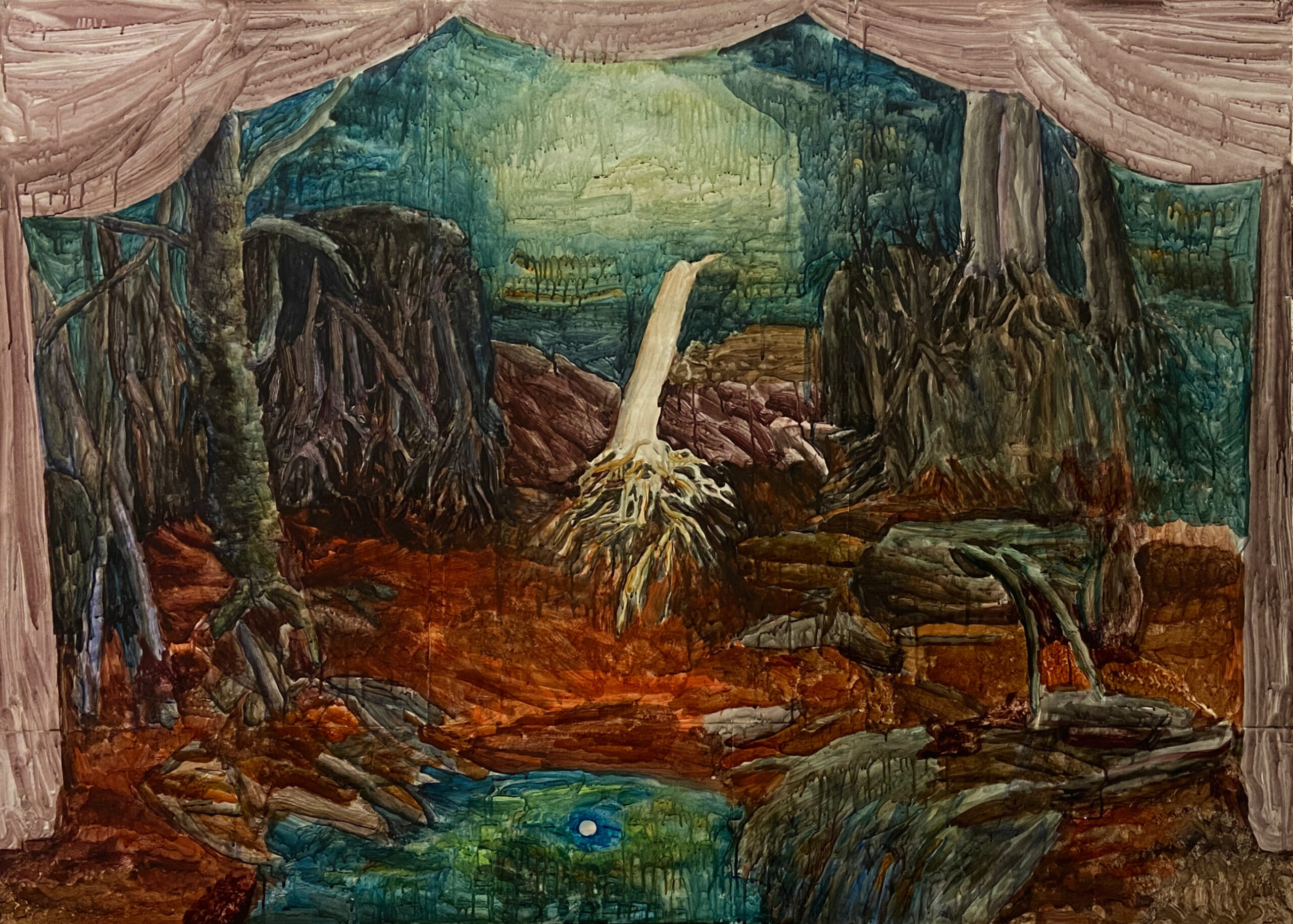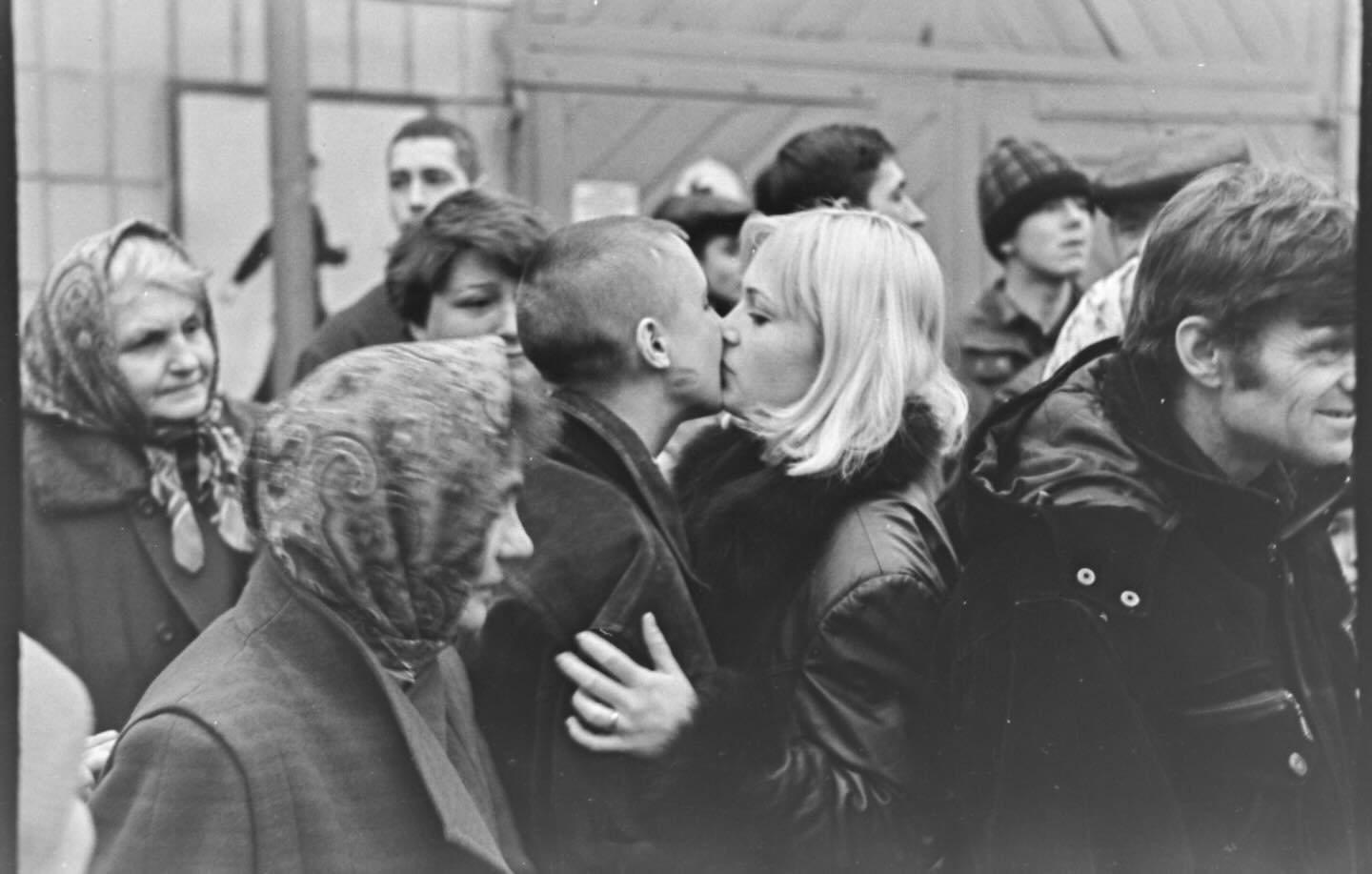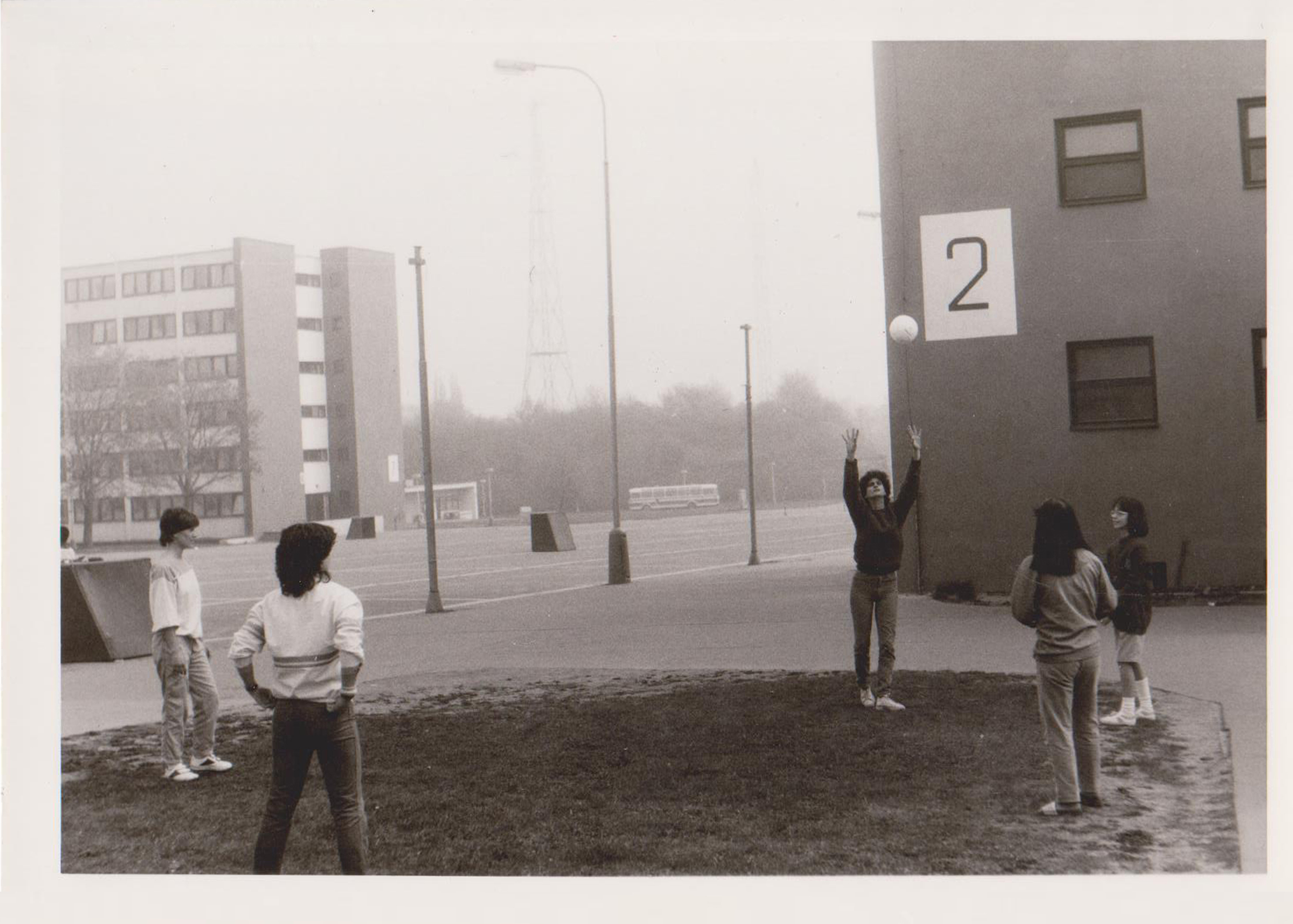Event
17 July – 5 September 2025
Reading Time: 7'
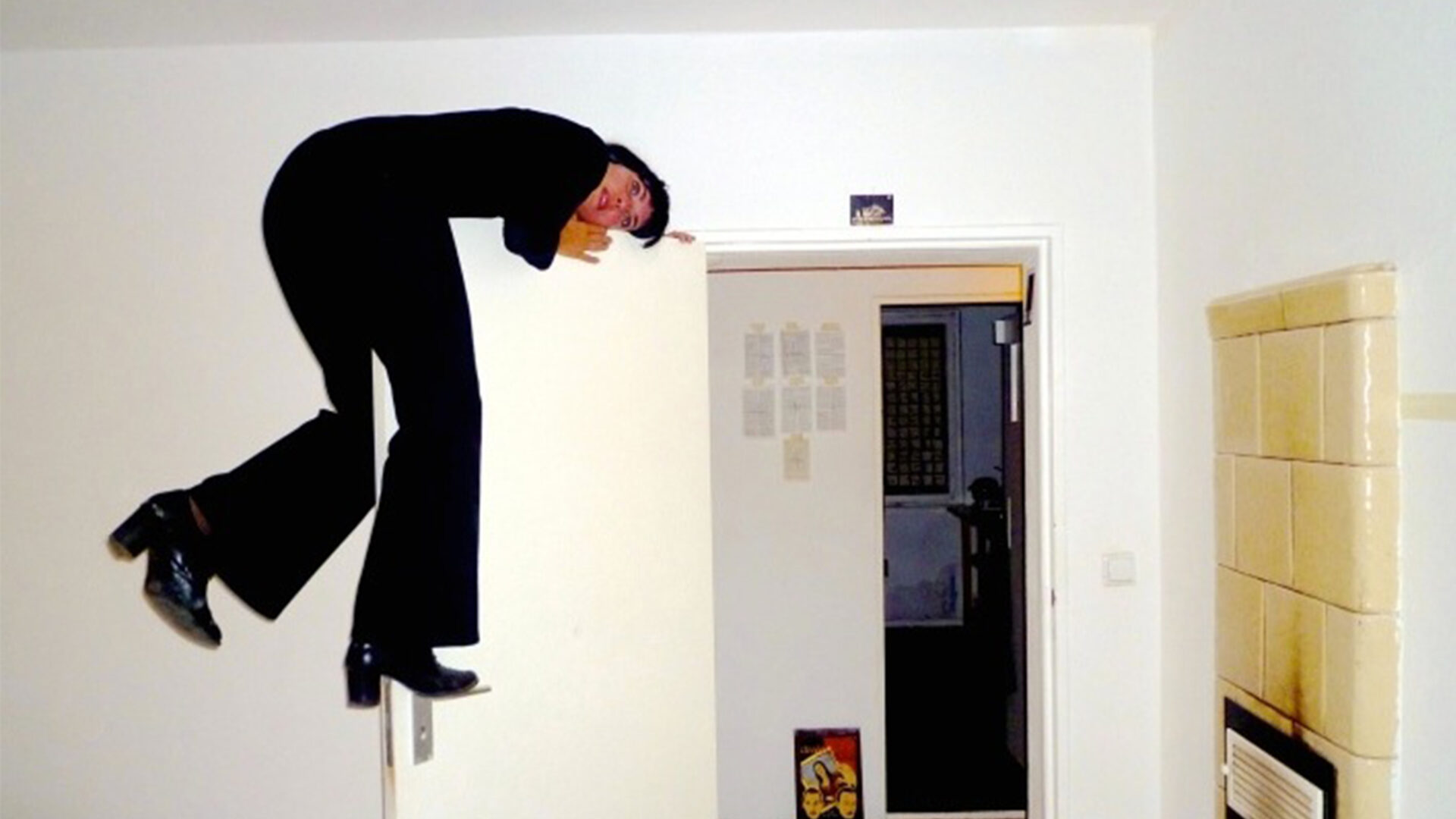
Joy #2: Department Joy
Jack Hauser & Sabina Holzer
17 July – 5 September 2025
Vienna
Stella Rollig curates the second of five projects at 17(Joy), presenting artists Jack Hauser and Sabina Holzer. While the first show by Adelina Luft focused on departures from traditional institutional infrastructures and explored forms of collective joy, the second chapter highlights individual constellations of collaboration—rooted, first and foremost, in friendship.
Joy #2: Department Joy continues to explore the temporary nature of the overall dramaturgy, playing with various durational formats and the concept of performative sculpture. The project unfolds across three announced events, complemented by a series of unannounced, spontaneous happenings and occurrences within a setting that oscillates between work and workshop. Jack and Sabina will invite a number of artistic friends and collaborators to participate throughout.
Opening: 17 July, 18:00 – 21:00
Midissage: 21 August, 5:57 – 22:57
Finissage: 5 September, 18:00 – 21:00
17(Joy) at Lombardi—Kargl, Schleifmühlgasse 17, 1040 Vienna
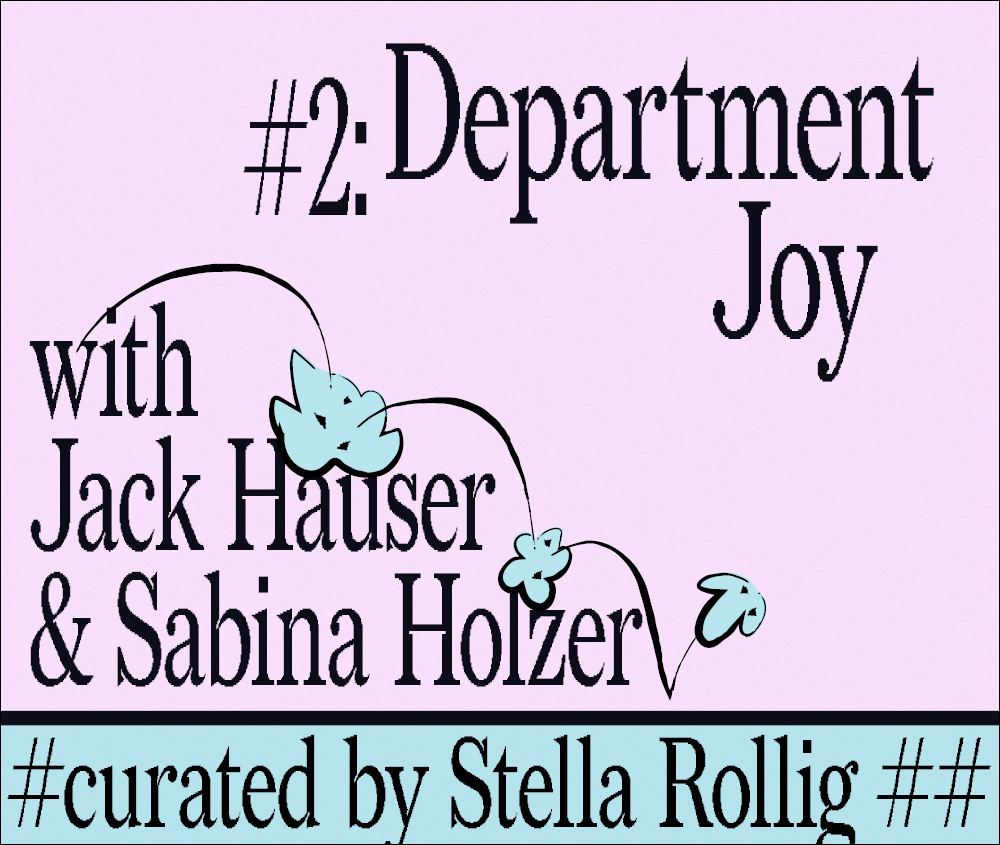
Jack Hauser (AT) is a Vienna-based artist whose work spans performance, film, improvisation, and collaborative practices. After studying electro-acoustic music, he co-founded the performance band Lux Flux (1994) and collaborated with groups such as Saira Blanche Theatre and Secret Service. Since 2005, he has worked closely with Sabina Holzer on shared personas and projects such as Miss Coochie & Paul Sernine, Wohnung Miryam van Doren, and Fictionautic Pieces. Hauser has performed in major works by Pierre Bal-Blanc and Manuel Pelmuş, and exhibited at institutions including dOCUMENTA (13), Lentos Kunstmuseum, and Tanzquartier Wien. His long-term project Wohnung Miryam van Doren continues as a site of poetic resistance and artistic experimentation.
Sabina Holzer (AT) is a dancer, writer, and movement researcher based in Vienna. Her work explores expanded choreographic practices, often in collaboration with Jack Hauser. A graduate of the School for New Dance Development (SNDO), she has performed internationally and published widely across performance, theory, and poetry. Recent projects investigate ecological entanglements and speculative futures through forms she calls choreographic assemblages, like riverhood. Holzer is currently a core researcher On the Significance of the Heart (2024–2027). Her collaborative endeavours have been presented at institutions such as dOCUMENTA (13), Secession, Tanzquartier Wien, Ethnographic Museum Vienna.
Curator: Stella Rollig (AT) is an Austrian curator, writer, and museum director. She began her career as an arts journalist for ORF and Der Standard. From 1994 to 1996, she served as Austria’s Federal Curator for Fine Arts and founded »Depot – Kunst und Diskussion«, a platform for critical dialogue on contemporary art at MuseumsQuartier Wien. Between 2004 and 2016, Rollig was the artistic director of the Lentos Kunstmuseum Linz, and from 2011 also directed the Nordico Stadtmuseum Linz. Since 2017, she has been the General Director of the Belvedere in Vienna. Rollig is known for curating exhibitions that merge critical reflection with institutional experimentation. Her curatorial work focuses on women, feminist and queer artists, including Der nackte Mann (2012), and Rabenmütter (2015), as well as projects with Gilbert & George, VALIE EXPORT, Gil & Moti, EVA & ADELE, Kutlug Ataman, Ursula Biemann, Latifa Echakhch, Cathy Wilkes, among many others. Alongside her curatorial and directorial roles, she teaches, writes, and serves on numerous academic and cultural advisory boards.
Curatorial Statement by Stella Rollig
The other day, the algorithm of my podcast player whispered: You may also like… Nadia Asparouhova and her theory of a new subculture: art that does not obviously cross your path, cannot be taken in at a glance, and is neither designed for Instagram nor built to go viral. According to the podcast transcript, the coolest things happening are not necessarily in plain sight—not in blue-chip galleries, let alone in established institutions.
I haven’t listened to the podcast yet—maybe I never will. Instead, I thought: New subculture? Ms. Asparouhova seems to have discovered an art practice that has been dearest to my heart and has fuelled my curatorial work since I first started self-generating income in the art world exactly forty years ago.
Recently, the discourse has been dominated by art writers and interviewees lamenting superficiality, simplification, »woke« political streamlining, and commercial dominance in contemporary art. I’m with you, folks. I see far too much art that is superficial, easily digestible, Instagrammable and collectible—as well as shallow political slogans dressed up as artwork. But there’s so much more out there. And this is what keeps me in the game.
Luckily, Jack and I crossed paths about a quarter century ago, and I met Sabina a few years later, just as their collaborative practice was intensifying. In June 2005, I found myself posing as The Drummer—drumsticks in hand—as part of a performance in a private apartment. (Can we even call it a performance? There was no audience, as I recall—only participants, or rather a group of friends, acquaintances, and collaborators, each taking on roles from a script by Jack Hauser and David Ender, and acting through the night.)
Self-conscious practice. Creating Temporary Autonomous Zones (Peter Lamborn Wilson, aka Hakim Bey, envisioning these as a kind of uprising against state control). Companionship. Confidentiality. Blurring the lines between partner, participant, public. Fantasy (yes), freedom (yes), fluidity. It’s this attitude I wish to bring to 17(Joy).
The Reclaim the Streets protest movement, which began in the late 1990s, owes much to Hakim Bey’s ideas. I remember shouting »Wi-der-stand!« (Re-sis-tance!) in the weekly protest marches against Austria’s government coalition between the conservative ÖVP and the extreme right FPÖ, starting in early 2000. While I will still shout in the streets when the occasion calls for it, in this contemporary moment I find resistance in art practices that—yes—might indeed be newly coined as subculture. Much like history, which forcefully returned after its supposed end (Francis Fukuyama, 1989/1992), subculture may not be as »over and out« as conventional historiography claims.
Try googling Jack Hauser (you’ll have more success with Sabina Holzer), and you’ll soon find yourself stranded amid sparse traces and a labyrinth of short dead ends masquerading as Jack’s homepage. Don’t mistake this for idleness. This guy deliberately stays beneath the radar of the widely worshipped culture of online visibility—so often mistaken for universal relevance.
Even for an old friend like me, it’s hard to keep track of the manifold projects and alliances Jack and Sabina generate—together, in collaboration with others, and through their individual practices. It’s impossible to absorb all their publications, to watch every video sent by email or uploaded to YouTube. (Yes, there is a permanent online presence—albeit a hidden one. You’d have to know the name of the channel to find it.)
Their work—like Department Joy—often overflows with references, materials, and a certain degree of incomprehensibility. Fandom is key. (Department Joy evokes both the British cult TV series Department S [1969–70] and the American comic book series Dept. H by Matt Kindt [2016–2018].) Equally key is their beautiful notion of »forming gangs«—Banden, in German. Not gang as in gang-robbery, but Bande as in Bande à part, the 1964 film by Jean-Luc Godard. Außenseiterbanden. Outsider gangs. Gangs operate in secret. It’s no surprise, then, to find another of Jack’s projects called Secret Service.
For the time being, Department Joy arrives as an alliance of resistance—against the absence of joy in contemporary global governance. Let’s become gang members.
A year-long curatorial project, 17(Joy), is taking place at Lombardi—Kargl at Schleifmühlgasse 17 in Vienna. Initiated and curated by Jen Kratochvil, the project unfolds over five chapters, each developed by an invited curator: Adelina Luft, Stella Rollig, Laura Amann, Ji-Yoon Han, and Sebastian Cichocki.
Header image: Jack Hauser & Sabina Holzer
